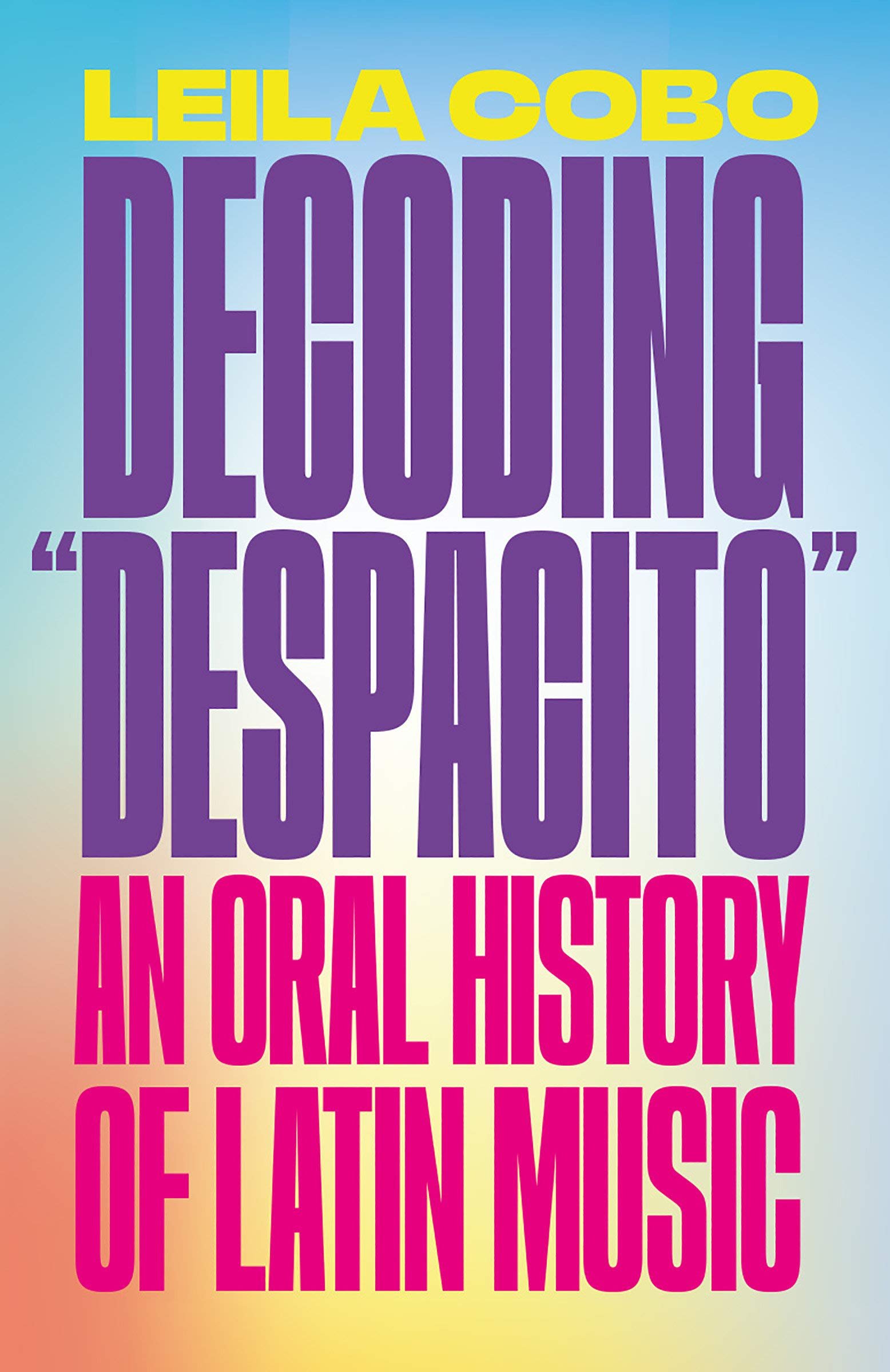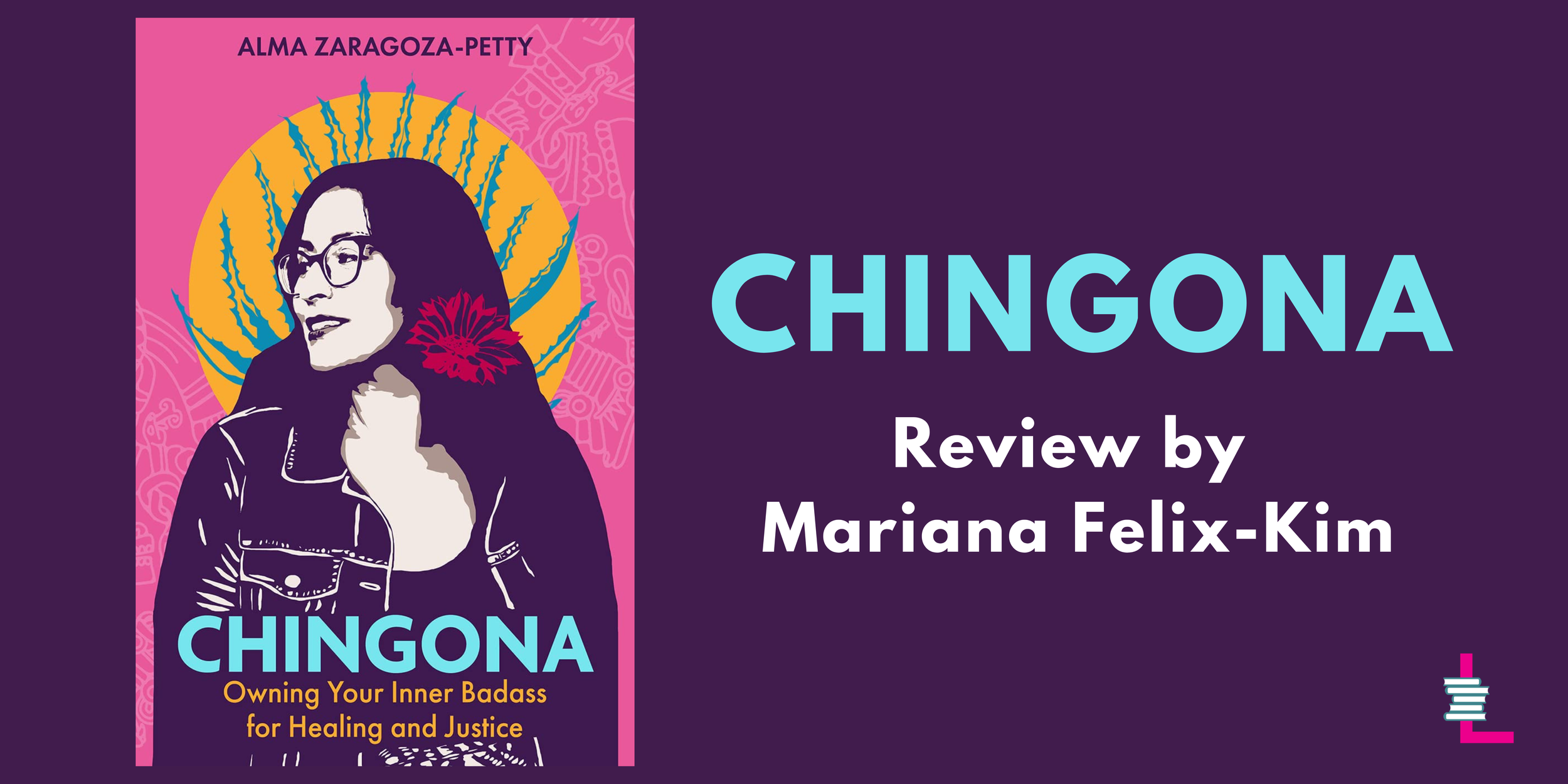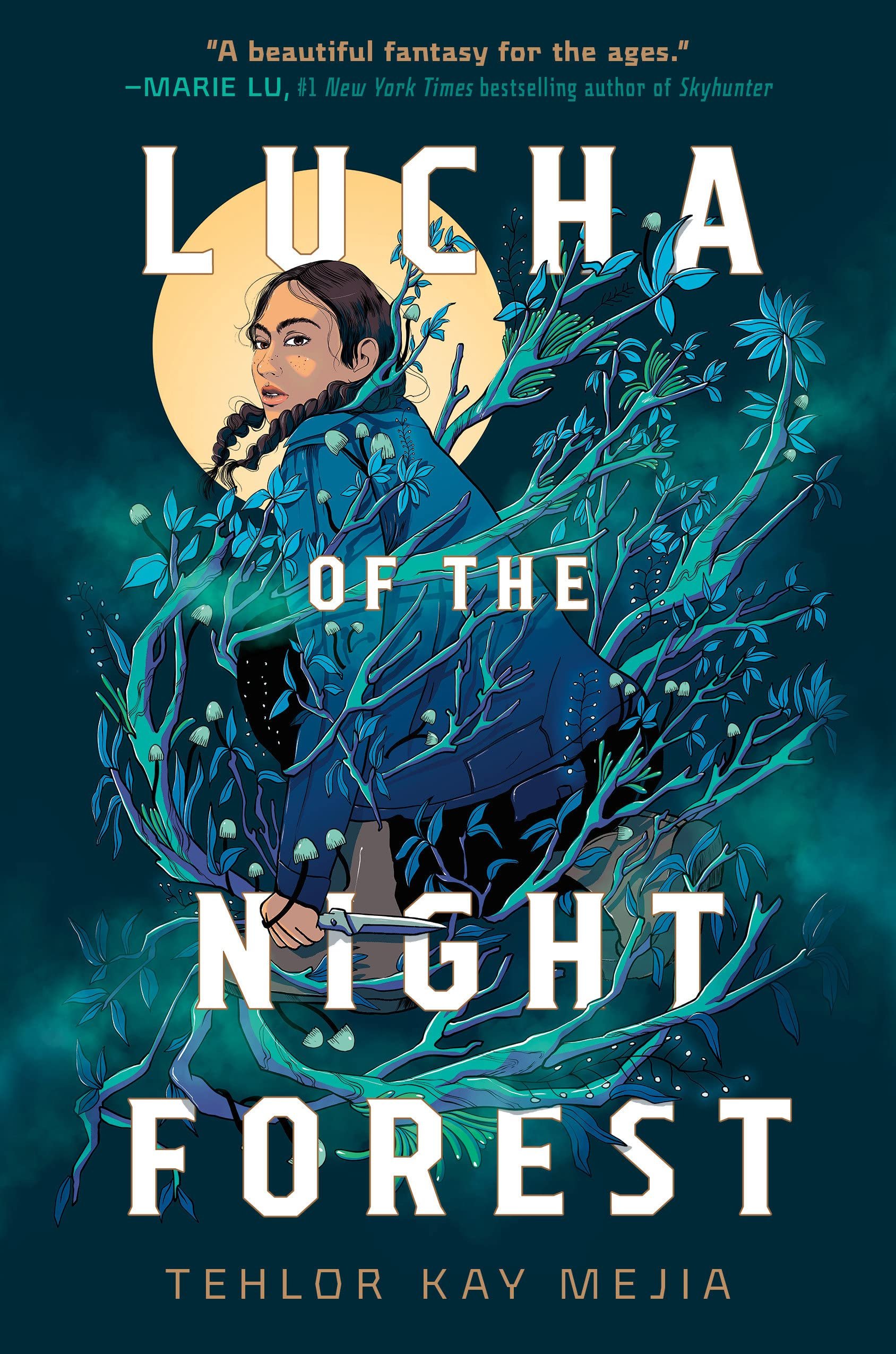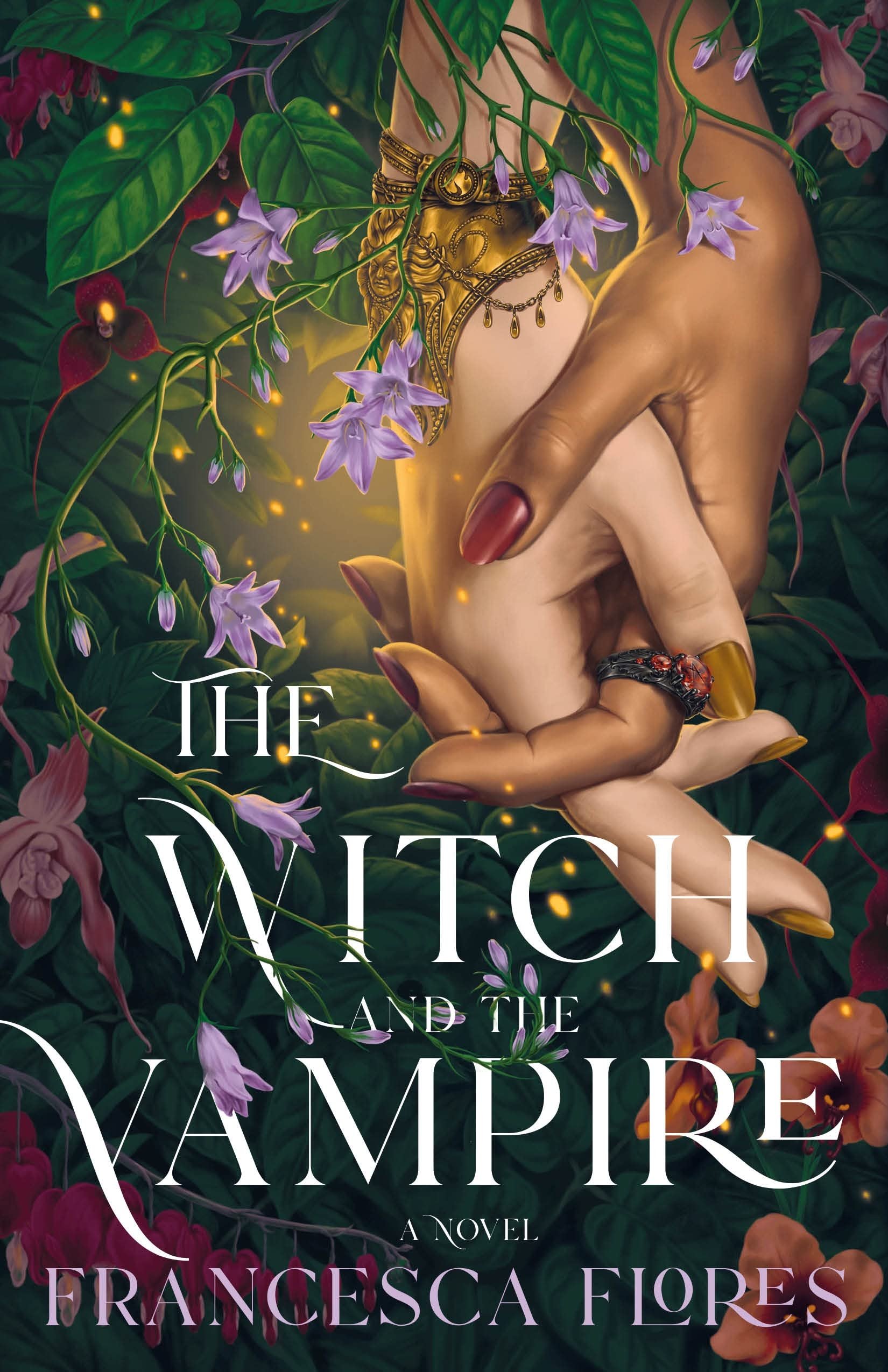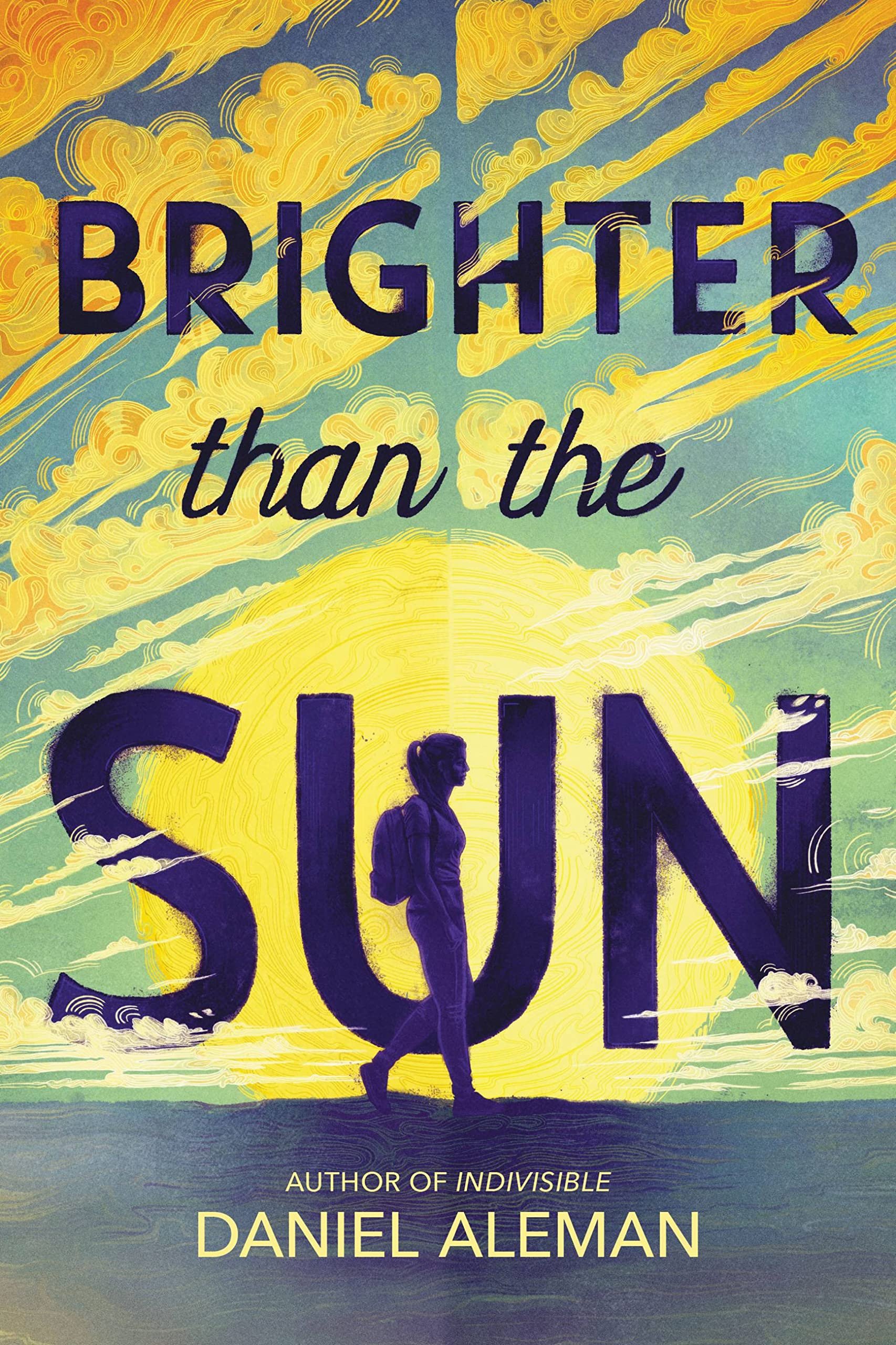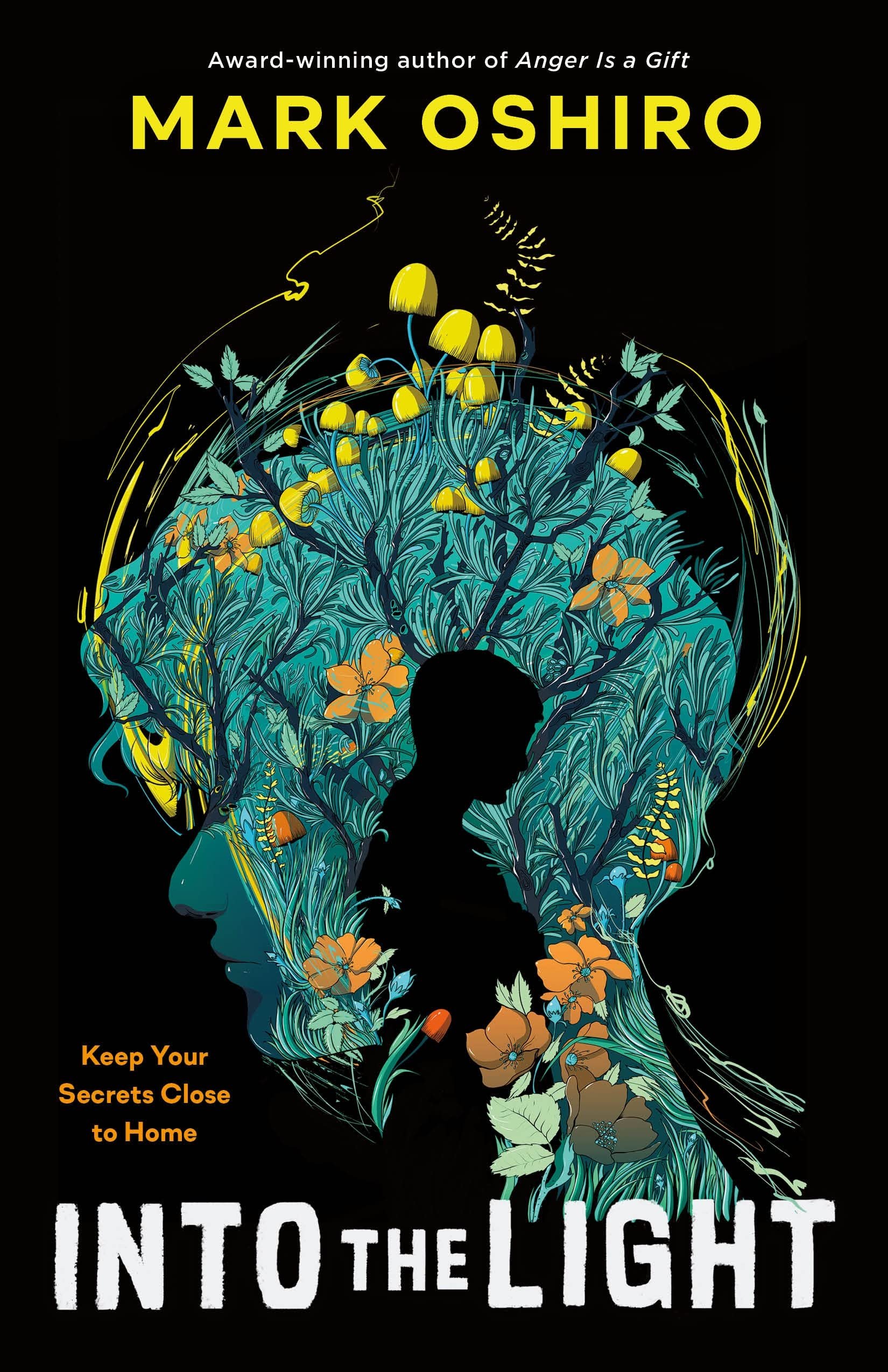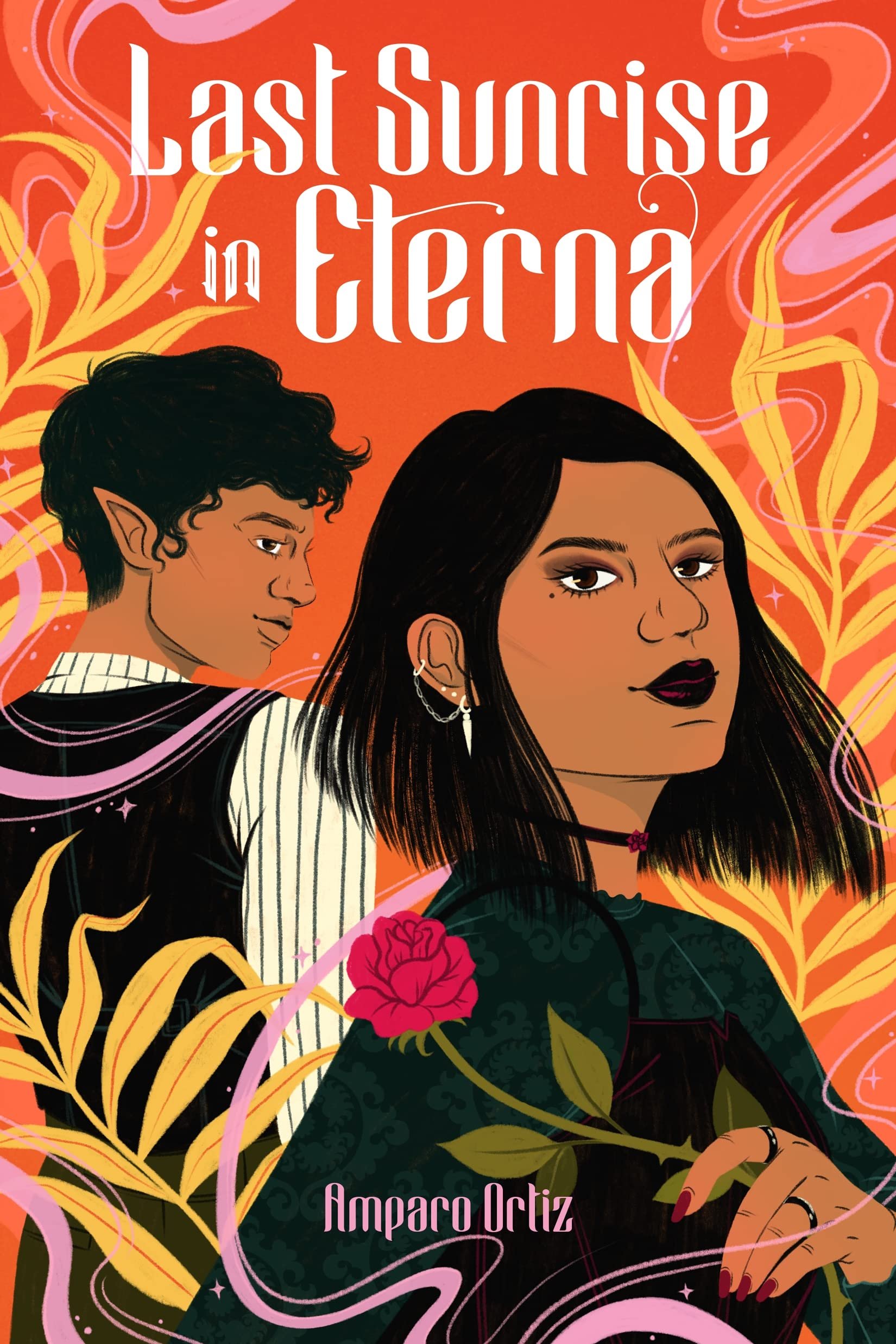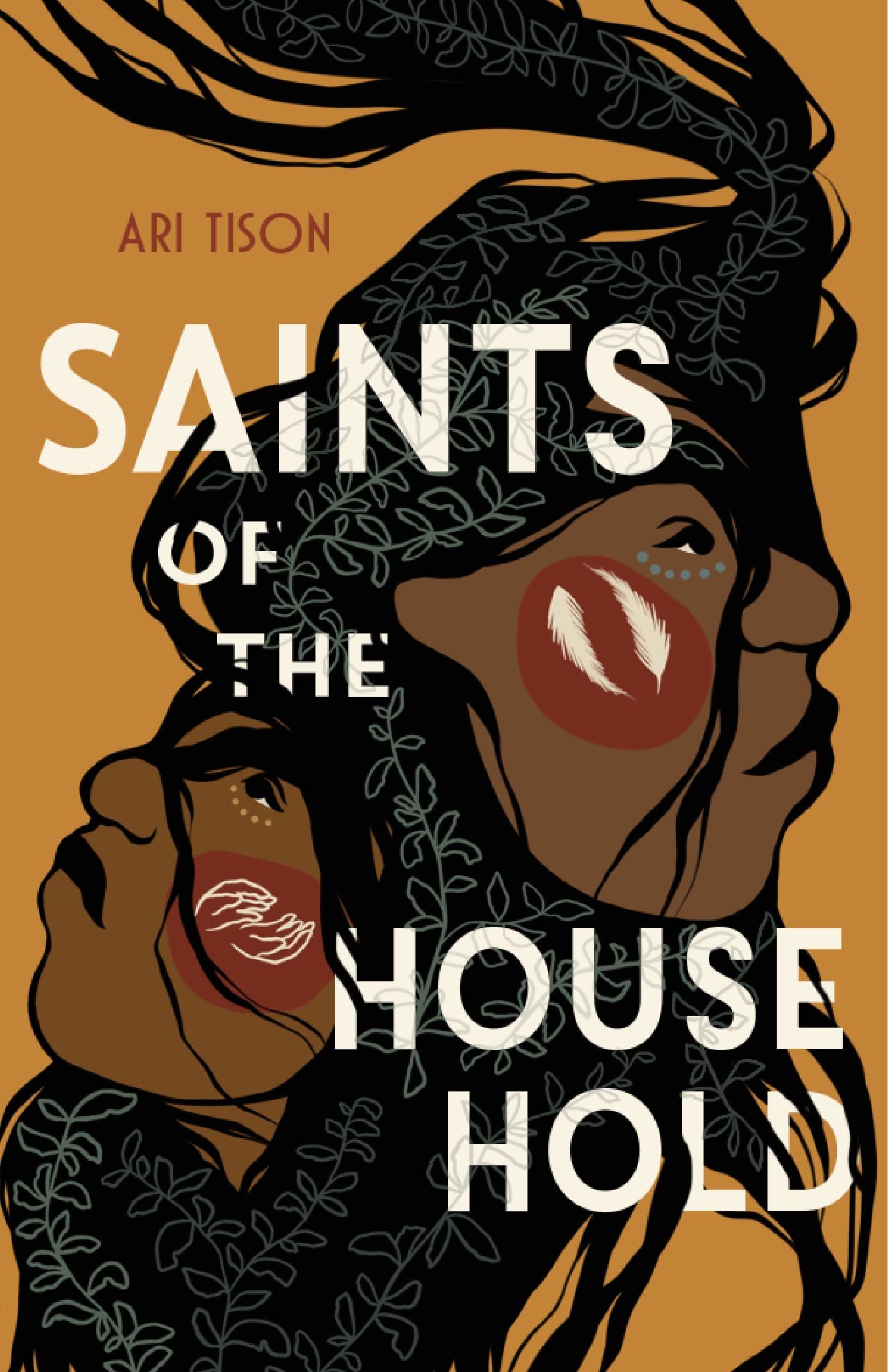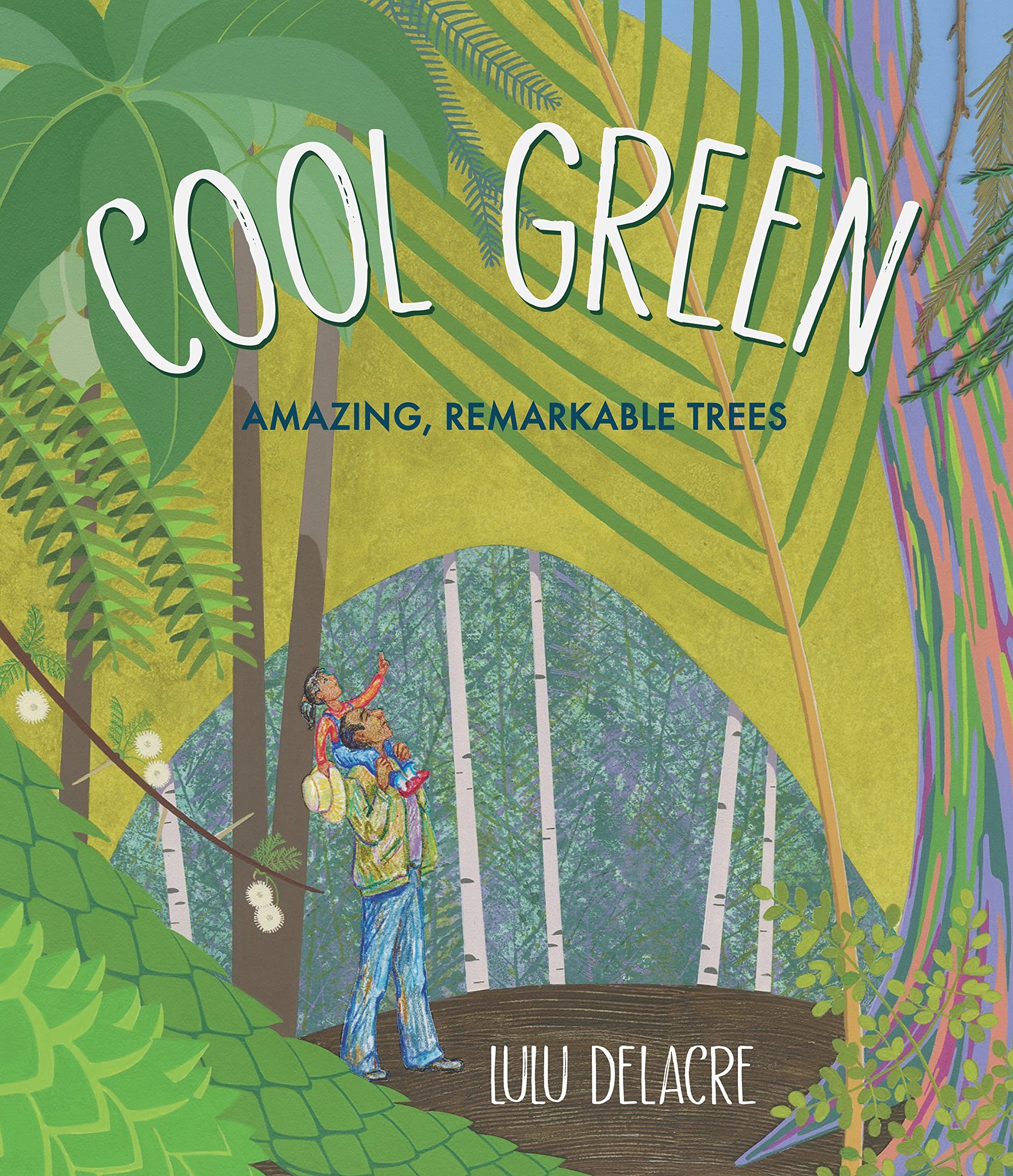Tiffany Gonzalez hosted our Instagram, on March 12, for our weekly #SalaSundays series. Below are a few questions that we asked Tiffany.
Latinx In Publishing (LxP): What do you do?
Tiffany Gonzalez (TG): I’m the Marketing Manager for Astra House, an imprint at Astra Publishing House. I am also the Latinx In Publishing Communications Co-Director.
LxP: How did you get started?
TG: I love telling this story because it’s a very unconventional way of getting into the industry. I was actually working in corporate retail and then found myself in Production at Harper Collins. I learned so much in production and it allowed me to further familiarize myself with the industry. Four years and a Masters degree later, I found myself looking for a new path and was hired at a brand new indie publisher, Astra Publishing House. At APH, I was allowed to really branch out; it’s how I found myself in publicity and then ultimately, Marketing. Moral of the story, there is not one linear path to getting into the publishing industry.
LxP: What do you wish you knew before getting into the industry?
TG: This is going to sound weird, but I wish I knew that the publishing industry existed. I knew books were made but the concept of it being a business never even crossed my mind. Therefore, I had no idea that working in publishing was a possibility. Then once I was in publishing, for the longest, I thought Editorial was the route that I would take after Production, but there’s so much more available within the industry, even more so now, with digital marketing and social media. Not much is known about the industry, outside of the industry, (for the longest, when I first started, my friends did not understand what I did for a living) and I think that does a disservice to others who do Finance, Sales, Customer Service, Marketing, Publicity, etc., other jobs apart from Editorial. One of the reasons that I think #SalaSundays is so great is because it allows people to see industry professionals from all departments.
LxP: What book are you currently working on or reading?
TG: A few Latinx books I’m currently working on are: The People Who Report More Stress by Alejandro Varela, Rivermouth by Alejandra Oliva and Candelaria by Melissa Lozada-Oliva. I just finished reading Afterlife by Julia Alvarez. Just started Crying in the Bathroom by Erika L. Sánchez and currently still working my way through The Man Who Could Move Clouds by Ingrid Rojas Contreras. I never thought that I would see the day when I would read multiple books at once, but here I am!
Tiffany Gonzalez is the Marketing Manager at Astra House. She previously worked in Production at HarperCollins Publishers. She has worked on the Publicity and Marketing campaign for Dreaming of You by Melissa Lozada-Oliva and on the Marketing campaigns for Becoming Abolitionists by Derecka Purnell, The Sex Lives of African Women by Nana Darkoa Sekiyamah and The Town of Babylon by National Book award Fiction Finalist Alejandro Varela. She has earned her Bachelors and Master's degrees from Rutgers University - NB. She is Dominican-American and fluid in Spanish. You can follow her on Instagram @wandering_tiff_ or visit her website at wanderingtiff.com








